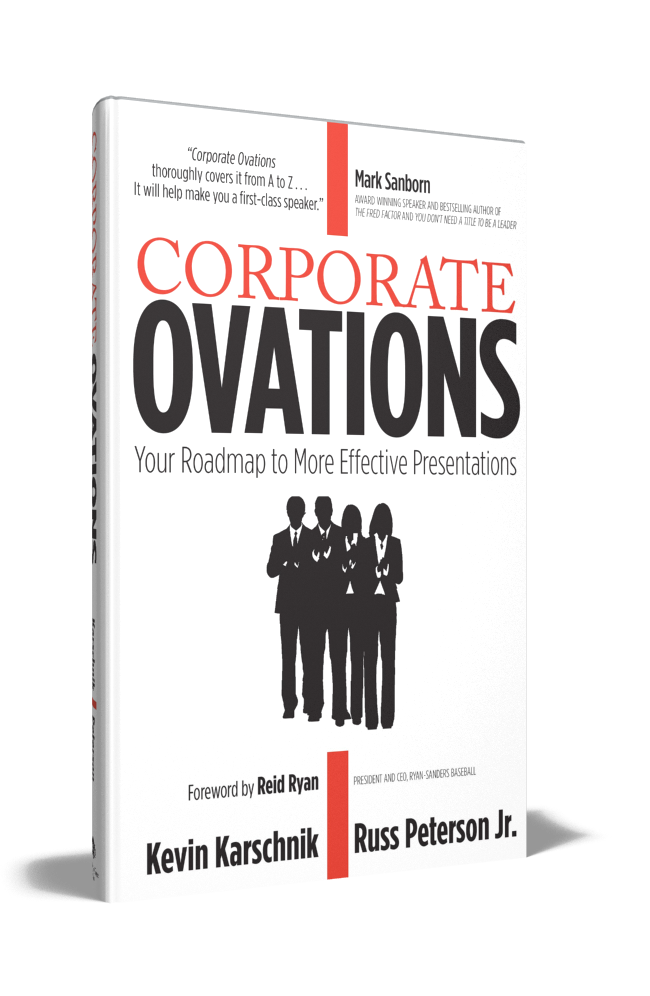The salesman at my front door held out the vile and said, “Fill this with some water from your tap and I’ll show you what you’re drinking.” The football game wasn’t on for another 20 minutes so I was game. I also had a question in my head, “What am I drinking!?” After returning the tap water to him he quickly performed a chlorine test on the water and then compared it to a vile of pool water. Wow! I’d be drinking less chlorine if I just drank out of the pool like my dog!

Water treatment sales professionals have a tough job but we all share a similar difficulty with them. They are selling something to a potential buyer who doesn’t even know they need it. To be successful, the sales professional needs to first create an awareness of the need. After that, the sales professional can offer a potential solution. It’s a tough sell. All of us will need to do this at some point whether you are talking to your wife about buying that new grill or you’re talking to your team at work about achieving higher goals next quarter.
We all use Persuasion
Persuasion plays a natural part of our daily conversations. Anytime you attempt to persuade, the need must first be apparent to your audience. If not, they’re probably not even going to listen, let alone actually make a decision to change!
But building a persuasive message doesn’t have to be difficult if you follow this simple 4-step outline:
- Describe the situation to create both a question and an emotion
When you begin to paint the picture of the current state, tell it from the perspective of the person experiencing the greatest pain from the problem. It needs to generate an uncomfortable feeling (e.g. fear, anxiety, nervousness, sadness) for the audience. At the same time, it should generate a question in their minds (e.g. “What can we do?”, “Why hasn’t this been addressed?”, “How do I prevent that from happening to me?”). Step one answers two key questions for the audience, WHAT is going on? WHY is it important? - Provide your background and experience
If the audience now wants to make a change, they need to know they can trust you for the information you’re giving. Do you really know what you’re talking about? Why are YOU bringing this message to them? What do YOU stand to gain? Can you truly empathize with the audience? Can they trust you? You’ve heard this expression before, “They don’t care how much you know until they know how much you care.” – John C. Maxwell. Empathize with them to show you truly care about their best interest. Then, show them know you have the knowledge and experience to solve this issue for them. - Give a logical solution for correcting the issue
Now is when you get to provide your proposed solution. Provide them with a logical plan for addressing the need you established in step number one. If you’re a sales professional speaking to senior executives, you need to focus on capital expenditures and return on investment. If you are an engineer speaking to business managers, you need to position the solution in business terms (cash flow, revenue, costs, etc.) and not focus so much on the technical details. Make the solution simple and present it in terms they will understand. - Show them a better future
Leave them with a snapshot of the original situation, but this time with your solution in place. When you show the situation with the original problem solved, the negative feelings will be replaced by more positive emotions (e.g. happy, relieved, excited, proud, inspired).
Now just close the deal and ask for the business.
CAUTION…
One word of caution… this model is extremely effective and has been used since 350 B.C. by the ancient Greeks. It still works today, but if you’re not going to take the time to customize the message and the delivery to your specific audience, you won’t experience success. Remember, you need to be yourself and you need to speak for your audience. If you can do these two things and follow this template, you’re better positioned for success.
When you’re helping others solve problems, you can offer persuasion to create movement. If you’re only persuading because you want something out of this deal and you don’t really care about the benefits to the audience, you’re walking dangerously close to the line that crosses over into manipulation.
Tell me when you could use this persuasive message template?
Let me know in the comments box below.
Let’s help solve problems where we can!
See you next week,
Russ
P.S. A couple of outstanding books on persuasion and influence:
Getting to Yes, by Fisher, Ury, and Patton
Influence, The Psychology of Persuasion, by Robert B. Cialdini
P.P.S. I’m working on my new free eBook on Inspiration for Leaders. I’ll give you the link to download it when it is completed. You can sign up for my weekly blog to make sure you don’t miss it.



Please note: I reserve the right to delete comments that are offensive or off-topic.